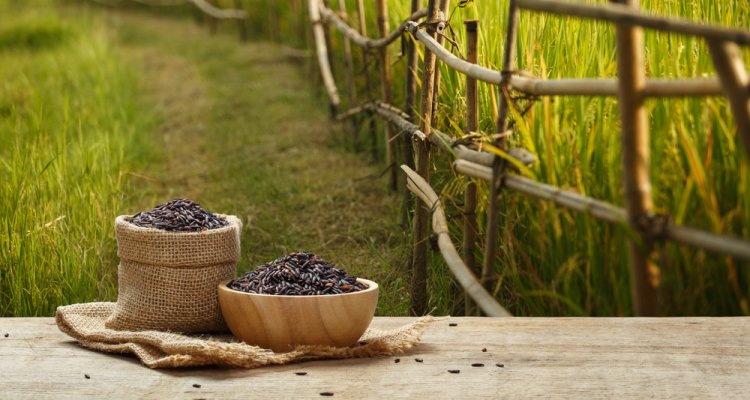
Promotie
Meer dan een Graan: Traditionele Rijst Cultivatie in Maroon Gemeenschappen in Suriname en Frans Guiana
Samenvatting (Engelstalig)
Maroons, descendants of enslaved Africans who escaped slavery in Suriname and settled in the forested interior of Suriname and French Guiana, cultivate many traditional rice varieties. They grow African or black rice (Oryza glaberrima), domesticated some 3500 years ago in West Africa, and Asian rice (O. sativa), domesticated c. 10,000 years ago in Asia. In the early 16th century, Portuguese traders introduced Asian rice to West Africa. The transatlantic slave trade (c. 1550-1850) brought rice species to the Americas.
Maroons cultivate one African and many Asian rice landraces in a slash-and-burn farming system where agrochemicals are seldom used. Their landraces provide food security and independence but also hold genetic resources that can help rice breeders develop more sustainable rice cultivars. It is important to document the motivations of Maroon farmers to continue cultivating rice, and their practices to maintain this diversity.